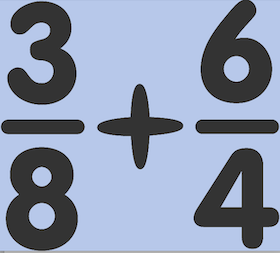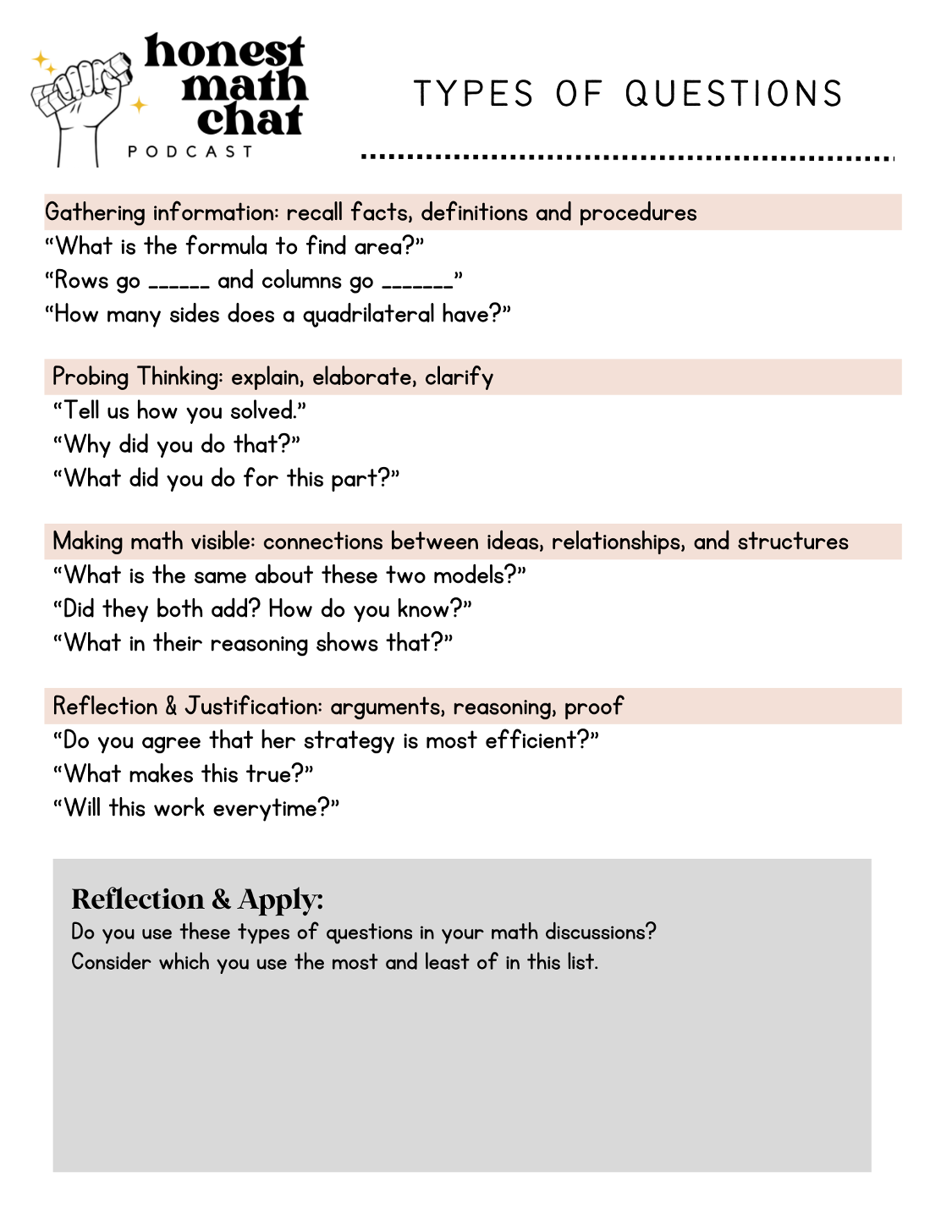Avoid These 3 Mistakes During Math Debriefs
By Mona Iehl

So we provide our students with the time and choice to work through the problem and discuss their math thinking. Sometimes things go as planned and students productively struggle through the math task to some brilliant breakthroughs in the discussion. And other times the math discussion just falls flat.
Students are more concerned with the manipulatives, their drawings, or which friends they are working with. The math discussion just revolves around the surface level math, and students aren’t moving toward the deep math understanding we were hoping for.
Somewhere something is going awry. It’s not because of lack of trying, so let’s break down what might be happening.
Math Discussions Matter
I love debriefs. I actually always say, “Never Skip the Debrief. That’s where the learning happens.” And it’s true. When you give students time to grapple directly and then use a debrief or a math discussion, they can crystallize their problem solving experience.
So don’t skip the debrief or the discussion because that is where you can help students take what they explored and worked through and make sense of it all.
So what is a math debrief? A math debrief can look a lot of different ways, and some ways are more effective than others. Sometimes it is a series of questions that go over students’ work. Other times it is a synthesis question in the lesson plan that helps students see what they were supposed to learn from the activities.
The BEST way to have a math debrief is through a student centered discussion where questions are asked to help students synthesize their experience and formalize it into math understanding. Giving this opportunity to formalize understanding through explaining their reasoning ensures not only that students understand, but it gives them opportunities to hear others’ reasoning and apply it to their own math thinking.

So, even if some students come to the rug completely confused about the problem, they are able to access the math discussion because we are not discussing THEIR work, but asking them to think about others’ strategies and models.
This strategy relieves the pressure on students to “get it right” during productive struggle and emphasizes the importance of participation and showing up ready to learn.
3 Common Mistakes to Avoid
Mistake 1. Asking questions to get answers instead of promoting thinking.
Consider the reason why you’re asking questions. Is it to get an answer or to inspire your students to share their thinking? Leading questions are very common in classrooms. These are questions like, “How do we add 2 digit numbers?” or “What do we do with the 10 ones?” These types of questions ask students to produce an answer that is often based on a procedure, not thinking.
TRY THIS: Use questions that promote thinking. These types of questions might gather information, probe students to think in a new way, encourage students to reflect or justify their reasoning.
Below is an example of the types of questions you might use in a math discussion.

This is a remnant of traditional classrooms where answers and procedures are valued more than thinking and understanding. Students do not need to write down every idea. Instead they need to play with the concepts and ideas until they have a solid grasp. Then writing down the ideas will be more succinct and effective. Instead, we should encourage our students to focus on making sense of the mathematical ideas during the math discussion.
TRY THIS: Move students into a space in the classroom away from their desks and pencils. This could be in a circle on the carpet or standing around the work of a certain student. Encourage participation in many ways, including speaking to the whole group and their partners, listening and revoicing what others said, agreeing and disagreeing with silent signals.
Finally, give time for students at the end of the math discussion to reflect on their understanding and apply that to a new problem. This is a good time for them to write down any notes or ideas they want to remember.
Mistake 3. You’re unprepared for all the different responses student choice will produce.
When we allow our students the choice to solve problems in ways that make sense to them, there will be a variety of responses. A common mistake is assuming that you know what students will do. However, it never fails that once students have started solving, there are a few approaches that pop up that you had not considered. When you have not considered all of the possible responses, you are not prepared to facilitate student learning.
TRY THIS: Solve the problem before you give it to your students. Try to push yourself to write down all the ways your students might solve. This can help you prepare the questions you’ll ask based on how students will solve – and so help them move toward their understanding.
We’re Always Reflecting
The most important part of facilitating a student centered math class is reflection. When we provide time for our students to reflect, they learn, and the same is true for ourselves. I hope you find this article provides you a moment to pause and consider what’s going well in your math discussions and what you can tweak to deepen student learning.
Mona Iehl (@HelloMonaMath) has been a fifth- and sixth-grade math teacher in Chicago, Illinois for six years. She started her 14-year year teaching career in the primary grades but found her home in the middle grades. This fall she is taking on the role of coach. For more details about her teaching methods, visit her website and see her other MiddleWeb posts here.
Mona recently took her passion for helping teachers and students find their inner mathematician to a podcast. Listen in at @HonestMathChat. More fluency resources for multiplication and division systems are available at her Mona Math TPT shop.






































Mona,
Great article. Even though I’m an ELA teacher, I couldn’t help connect this part: “Solve the problem before you give it to your students. Try to push yourself to write down all the ways your students might solve. ” to what I challenge myself and other ELA teachers to do: Respond to a prompt in a variety of ways and think about the ways students would read a writing prompt! Thank you for sharing :)